Your success is our education and mentorship


WHAT IS AN EMERGENCY?
An emergency is defined as an event which has the potential for:
- Serious and immediate danger to life
- Significant damage to buildings and assets
- Serious disruption of services
An emergency is normally associated with the occurrence of a hazard. A hazard is a source or situation with the potential to cause harm - to property or people - such as fire, explosive devices, chemical release etc. This might also occur in the event of an armed robbery, a hail storm, strong wind (tornado), an act of violence or terrorism.
A Major Emergency is where an emergency situation escalates into a situation where there is potential for:
- Loss of life
- Significant damage to buildings or loss of facilities
- Significant disruption to business
- Major public relations impact
- You need to be aware of and implement emergency plans and procedures detailing the processes to be followed in the event of an emergency.
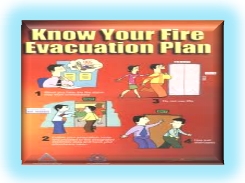
- Ensure that all emergency plans are posted on staff notice boards (canteen, switchboard and manager's office) and other strategic places so that all employees and occasional visitors will know at a glance what is expected from them in the event of an emergency situation.
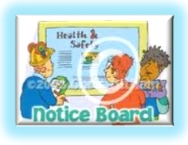
- Evacuation drills must be practiced at least twice every year.
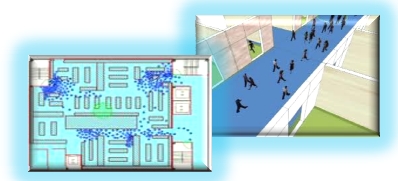
- It is a good idea to write all emergency telephone numbers down and have these placed in an accessible place such as near your telephone or at the switchboard.
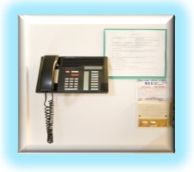
Emergency evacuation procedures should be practised at least twice a year in order to ensure that employees are aware of what is required of them in certain emergency situations.
Prior to carrying out the drill, it is important to communicate the details of the drill and the processes to be followed to employees and other people / visitors who may be on the business premises at the time the drill is to take place.
Use the Notice of Emergency Evacuation Drill to communicate this information - type the Notice on a Company letterhead and place it on all notice boards throughout the business unit or branch.
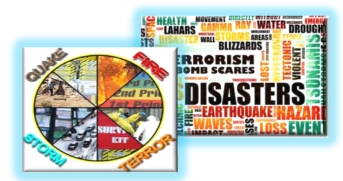
As a Branch Manager [appointed in terms of section 16 (2)] dealing with the employees and the public you have the responsibility to be prepared for emergencies and security related occurrences.


workplace.
Staff should be encouraged to suggest ways of improving safety procedures.
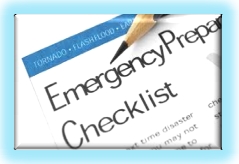
Staff should be trained:
· to look for anyone loitering around;
· to check for any signs of attempted entry;
and
· if they are not sure, or the premises are not secure, they should not enter, and should advise the police
immediately.

Staff should be trained:
- to ensure that time locks are activated, and that the safe is securely locked;
- to check no unauthorised person is still on the premises;
- to securely lock the doors and windows;
- to note any person loitering outside the premises, and if suspicions are aroused to inform the police;
- to activate the alarm system where appropriate;
- to secure the last door after exiting.

All staff involved in cash-handling or in premises where drugs are stored should be trained in what to expect in the event of a robbery, including:
DURING A ROBBERY
- what reactions are likely to occur;
- what to do if they are victims or witnesses of an robbery;
- what actions to take in notifying police, preserving the scene, etc.;
- to have worked out in advance the responsibilities of each staff member should a robbery occur;
- how to minimise the risk to personal safety.
- follow workplace procedures;
- keep calm and make no sudden movements;
- do what the offender demands;
- memorise as many details about the offender as possible;
- note the method and direction of escape.
Employers, managers, supervisors and colleagues must have an awareness of the complexity of reactions to robberies.
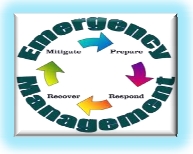
Reactions to shock can manifest immediately or later, and can include:
- anger, or a general mistrust of strangers, and wariness of customers;
- fear and anxiety attacks, especially about returning to work;
- feelings of helplessness, isolation, frustration or even guilt;
- loss of confidence, loss of concentration and sometimes loss of memory;
- physical symptoms, which might include sleeping difficulties, loss of appetite, trembling or outbursts of crying.


independent and confidential, and for the benefit of staff;
Counselling is not the whole answer to the problem; support from management and colleagues is as important to the recovery process as counselling.

- Who are you?
- Where is the bomb right now?
- When is the bomb going to go off?
- What does it look like?
- What kind of bomb is it?
- Where are you calling from?
- Why did you place the bomb?
- Are you aware that people may be injured if the bomb explodes?
- Write down the exact time.
- Write down how long the call was.
- Call 10111 immediately.
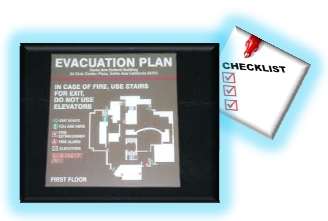
- Decide on an emergency evacuation signal.
- Inform all employees about the signal and demonstrate the signal to ensure there is no doubt in anybody’s mind.
- Employees must be instructed to leave the premises in an orderly fashion and not to panic.
- Employees must assist customers where necessary.
- Decide on a safe meeting point and ensure all staff are aware of where to meet once the evacuation has taken place as well as which route to take to get to the meeting point, for example the car park or on the pavement across the street.
- The employer or manager must be responsible for ensuring that all employees who are on duty can be accounted for – use the staff registers or rosters for this purpose.

Bayteck is registered at these training institutions



